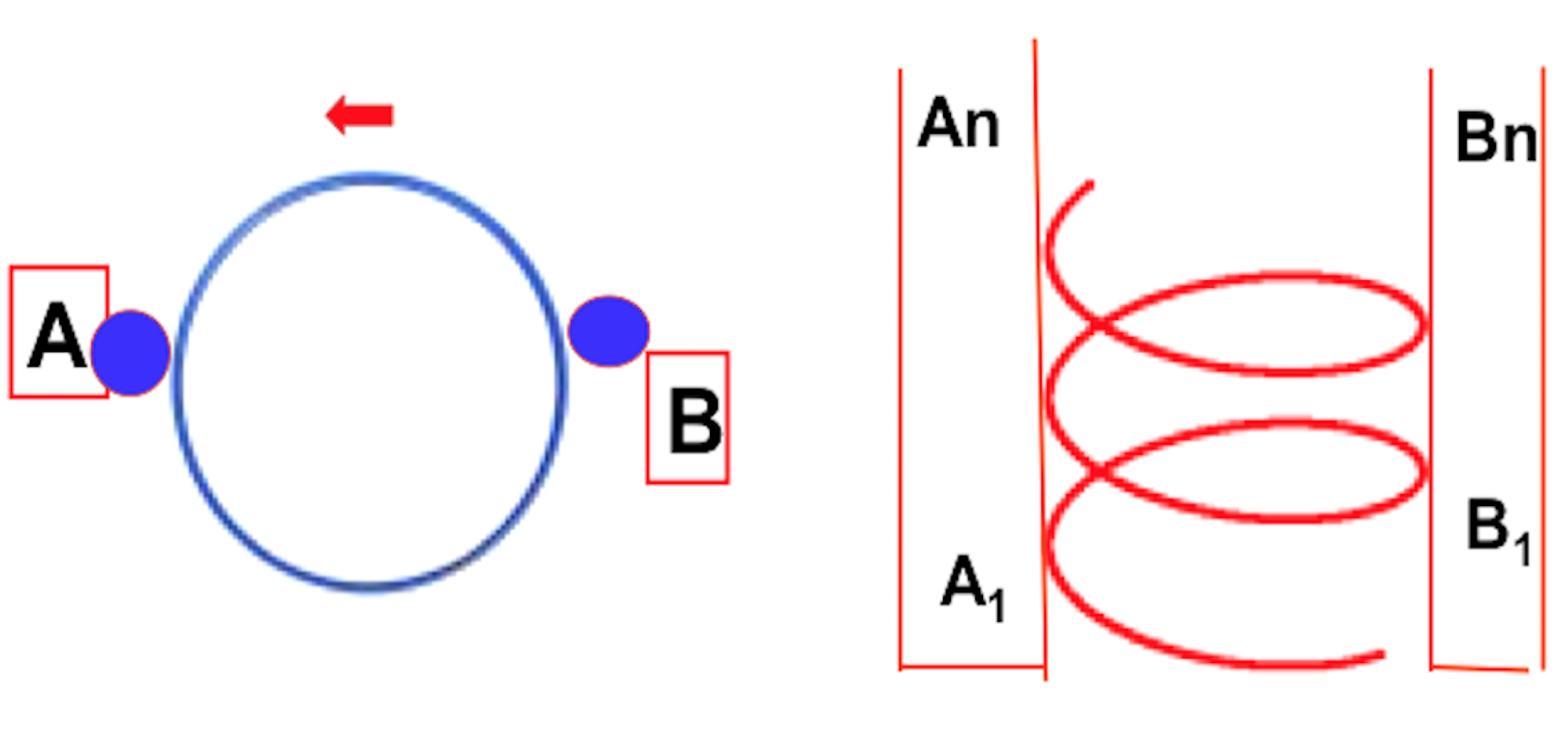
Published 2018-03-26
Keywords
- human language,
- homoclinic chaos,
- synchronization of neural spike sequences,
- Bayes inference,
- inverse Bayes inference
- circle hermeneutics,
- coil hermeneutics ...More
How to Cite
Abstract
We discuss the two moments of human cognition, namely, apprehension (A),whereby a coherent perception emerges from the recruitment of neuronal groups, and judgment(B),that entails the comparison of two apprehensions acquired at different times, coded in a suitable language and retrieved by memory. (B) entails self-consciousness, in so far as the agent who expresses the judgment must be aware that the two apprehensions are submitted to his/her own scrutiny and that it is his/her task to extract a mutual relation. Since (B) lasts around 3 seconds, the semantic value of the pieces under comparison must be decided within that time. This implies a fast search of the memory contents. As a fact, exploring human subjects with sequences of simple words, we find evidence of a limited time window , corresponding to the memory retrieval of a linguistic item in order to match it with the next one in a text flow (be it literary, or musical, or figurative). While apprehension is globally explained as a Bayes inference, judgment results from an inverse Bayes inference. As a consequence, two hermeneutics emerge (called respectively circle and coil). The first one acts in a pre-assigned space of features. The second one provides the discovery of novel features, thus unveiling previously unknown aspects and hence representing the road to reality.




